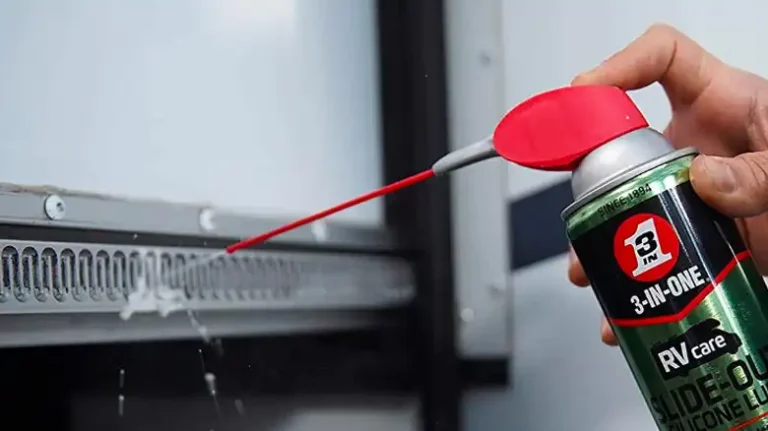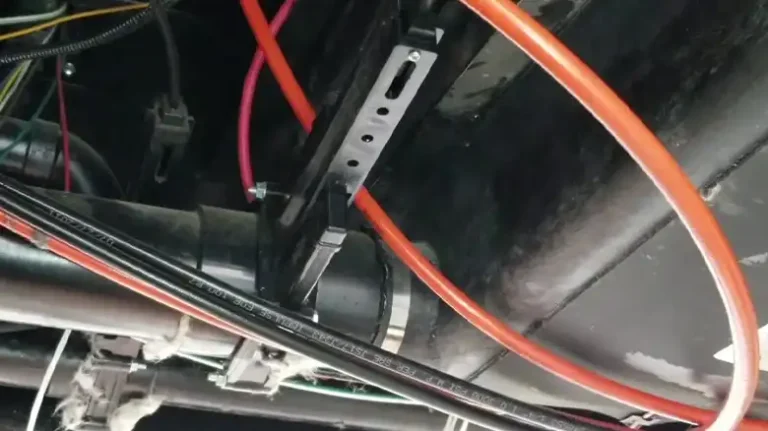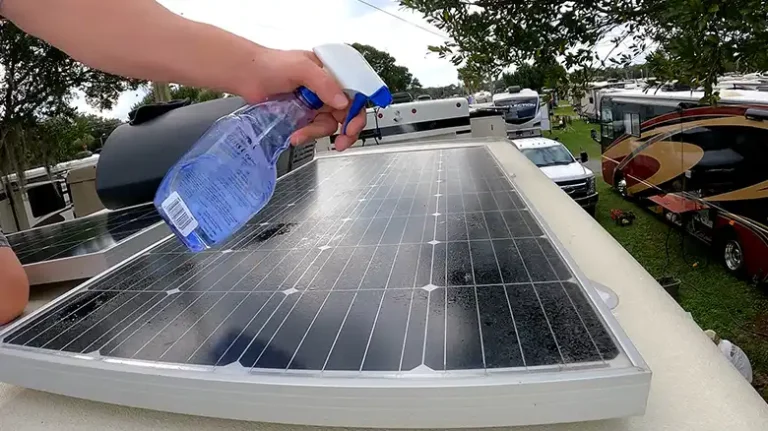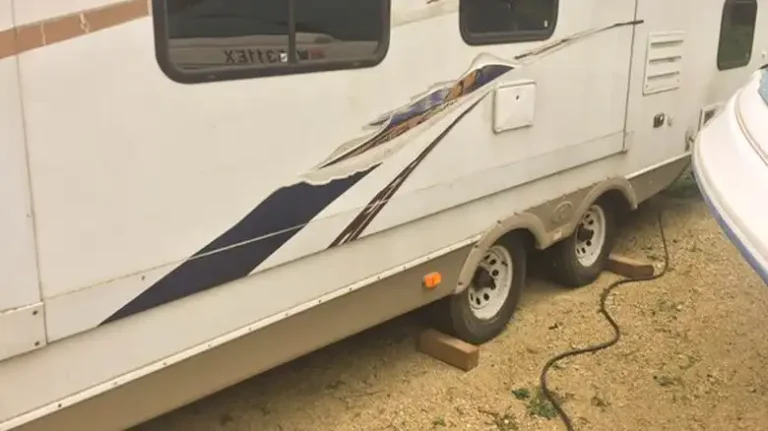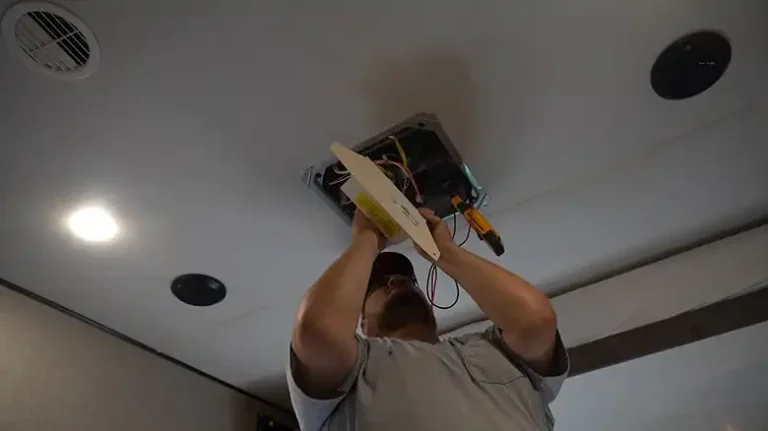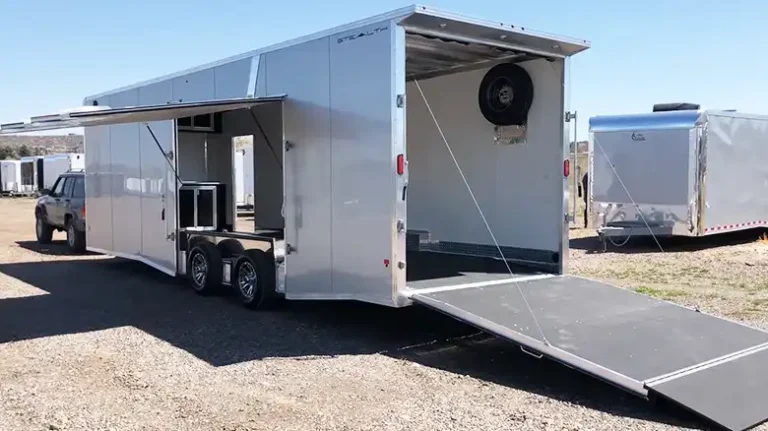RV Battery Charging Methods: Alternator vs Shore Power
Powering appliances and electronics in an RV rely heavily on fully charged batteries. Unless frequently replenished, a depleted supply leaves you without vital necessities during your travels. RV battery charging methods fall into two camps—connecting to shore power or utilizing the engine alternator.
Both the alternator and the shore power have their perks, and the ideal solution depends on your situation. The alternator charges your battery while you’re on the move, leveraging the engine’s power. On the flip side, shore power, when available, provides a constant and reliable source of electricity.
In this article, we’ll tackle the challenges RV enthusiasts face with battery charging, provide a quick answer to the dilemma, and invite you to a power-packed journey where alternators and shore power go head-to-head. Now, before you rush to judgment, let’s unpack these power players and discover which suits your RV lifestyle best.
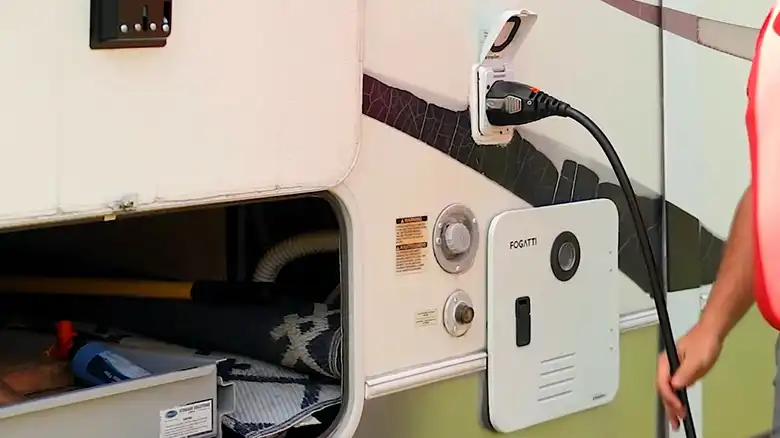
Comparison Between RV Battery Charging Methods: Alternator and Shore Power
For avid RV enthusiasts, maintaining a fully charged battery is as crucial as packing the essentials. After all, a depleted battery can quickly turn a relaxing RV getaway into a frustrating experience. But with the two primary RV battery charging methods – alternator and shore power – keeping your battery topped up and ready for action is a breeze.
The Alternator Method
How It Works:
The alternator, the workhorse of your RV’s electrical system, converts the mechanical energy generated by the engine into usable electrical power. It operates similarly to the ones in cars. As you drive, the alternator charges the RV’s battery, ensuring a steady supply of electricity for various appliances and amenities.
Advantages of Alternator Charging
- Convenience: The alternator automatically charges the battery while you drive, eliminating the need for manual intervention.
- Efficiency: Alternators typically provide a substantial charging current, replenishing the battery quickly and effectively.
- Cost-effectiveness: Alternator charging is a free and eco-friendly method, as it utilizes the RV’s existing energy sources.
Limitations of Alternator Charging
- Variable Output: The alternator’s charging output depends on engine RPM and driving conditions. Slow driving or idling may result in slower charging.
- Limited Capacity: The alternator may not be able to fully charge the battery if it’s deeply discharged.
The Shore Power
How It Works:
Shore power, the electricity supplied by an external power source like an RV campsite pedestal, offers a dependable way to charge your RV battery. When you’re parked at a campsite or any place with electrical hookups, shore power comes into play. A simple plug into a power source provides a continuous flow of electricity to your RV, charging the battery and running your appliances.
Advantages of Shore Power Charging
- Consistent Output: Shore power provides a steady and consistent charging current, ensuring the battery is fully charged.
- Efficiency: Shore power can quickly charge even deeply discharged batteries.
- Versatility: Shore power can be used to charge the battery while the RV is parked or in use.
Limitations of Shore Power Charging
- Accessibility: Shore power is not always readily available, especially in remote camping locations.
- Cost: Shore power may incur additional fees at RV campgrounds.
- Maintenance: Shore power connections require proper handling and maintenance to prevent electrical hazards.
Final Verdict: Alternator vs. Shore Power
The choice between an alternator and shore power charging depends on your RVing needs and preferences. If you frequently drive your RV and make short stops, alternator charging is a convenient and efficient option. However, if you tend to stay at campsites with shore power hookups or require extended battery life, shore power is the more reliable choice.
Additional RV Battery Charging Methods
Here are additional alternatives to consider when you’re RVing.
| Battery Charging Methods | Pros | Cons |
| Solar Panels: | * Eco-Friendly: Harness the power of the sun, reducing your carbon footprint. | * Initial Cost: Installing solar panels can be pricey. |
| * Independence: Ideal for off-the-grid adventures, providing constant charging. | * Weather Dependency: Overcast days mean less sunlight, affecting charging efficiency. | |
| Generators | * Versatility: Generators offer power on-demand, regardless of location. | * Noise and Maintenance: Generators can be noisy, and regular maintenance is essential. |
| * Quick Charging: Rapidly charge your battery or run appliances without worrying about draining power. | * Fuel Dependency: Running on fuel means you need a supply, especially on longer trips. | |
| Portable Power Sources | * Flexibility: Portable power stations are, well, portable. Take them anywhere you need a power fix. | * Limited Capacity: Portable sources may not pack the same punch as built-in systems. |
| * Easy Setup: No installation hassles – just plug and play. | * Recharging Dependency: You’ll need access to an outlet or another power source to recharge. |
How to Maximize RV Battery Charging
- Use Both Methods:
Switch between alternator and shore power depending on your RVing rhythm. Drive, charge, park, plug in – it’s a dance of power.
- Get Appropriate Electrical Upgrades:
Upgrade your RV’s electrical system for a power boost.
- Larger Alternator: A beefier alternator means quicker charges. It’s like upgrading from a tricycle to a motorcycle.
- Improved Converter System: A smarter converter ensures efficient energy transfer, preventing power leaks.
- Monitor Voltage:
A voltmeter is your battery’s personal doctor. Check its pulse regularly – your battery’s charging levels. Ensure it’s reaching a full charge for a healthy and long life.
Best Practices for RV Battery Charging Habits
Regardless of which option you use, certain usage guidelines prove useful:
● Shore power charges fastest when batteries sit below 80% capacity. The current declines as cells reach fullness.
● Heat is the enemy! Avoid overcharging batteries once nearing 100% capacity.
● Match charge levels across batteries in a series circuit. Imbalanced states strain flow.
● For alternator charging, install the largest amperage option available from the manufacturer.
● Never let batteries discharge below 50% capacity before recharging if possible. Deep cycling shortens overall lifespan.
● Periodically conduct equalization charging to calibrate and balance aging battery arrays.
Adhering to these simple habits better preserves battery health for lasting reliability in powering your RV essentials and luxuries.
End Notes
Using shore power electricity and engine alternator generation both offer viable means of keeping your RV batteries rejuvenated and ready for reliable performance. Shore power provides rapid unlimited charging while stationary. Meanwhile, the alternator gradually tops off batteries while driving. Following sound usage practices optimizes charging cycles for maximal battery longevity. Stay powered up for appliances, lights, and devices no matter where your RV adventures take you next!
Commonly Asked Questions with Answers
What Is The Best Voltage For Charging RV Batteries?
Most RV batteries charge at either 6 volts or 12 volts. Refer to the specifications to pick the right level for your make and model. Do not exceed product ratings.
Can I Charge Both RV and Vehicle Batteries?
Installing split charge relays or isolators allows simultaneous charging of auxiliary and starter batteries from the vehicle alternator when appropriate.
What Is An RV Battery Equalization Cycle?
This is a deliberate overcharge done periodically to equalize and balance cell voltages. It reduces the chance of sulfation and stratification buildup over time.
Why Does Overcharging Damage Batteries?
Overcharging leads to overheating, grid corrosion, electrolyte evaporation, and eventual short-circuiting. Stop charging once it reaches full capacity.
How Often Should I Equalize RV Batteries?
Varies on use and chemistry, but for typical RV gel and AGM batteries equalization every 30-60 days works well. Check specific guidelines.

